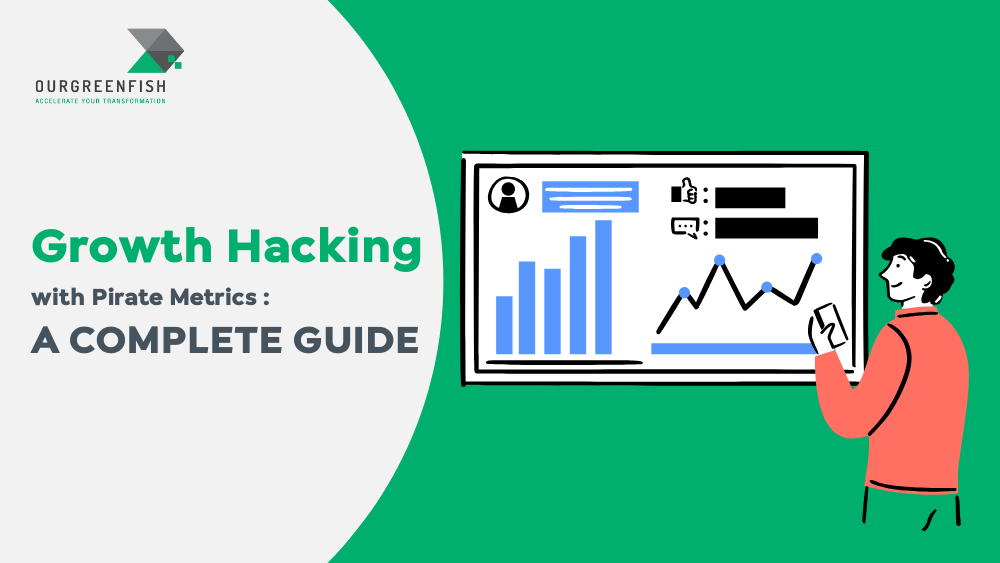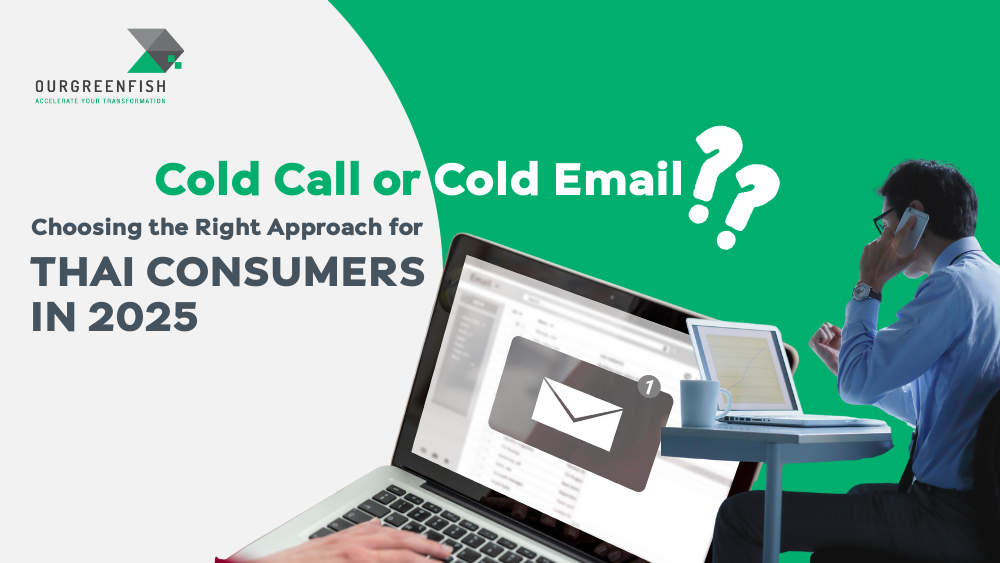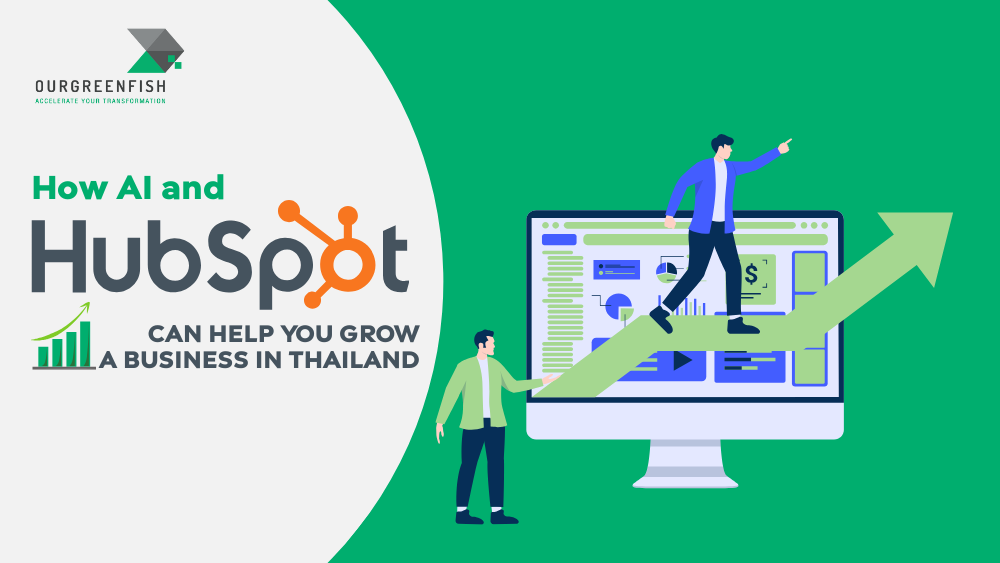Growth hacking is about finding your bottlenecks and relentlessly optimizing them. Pirate Metrics, also known as AAARRR (Awareness, Acquisition, Activation, Retention, Revenue, Referral), is a proven framework to do just that. Named for the “ARRR!” sound it makes, this model breaks the customer journey into six stages, each with its own key performance indicators (KPIs). Originally coined by Dave McClure for startups as a five-metric AARRR model, an initial Awareness stage was later added to form the full AAARRR funnel. In this guide, we’ll explain each stage of Pirate Metrics, the specific KPIs to measure, and growth hacking tactics – including unique examples from Ourgreenfish’s MarTech solutions – to accelerate growth at every stage.
Awareness: Making Your Brand Known
No one can enter your funnel if they haven’t heard of you. The Awareness stage is about expanding your brand’s visibility and reach at the top of the funnel. Nurturing awareness is critical – if no one knows about your product, they won’t become customers. Key awareness KPIs focus on how many people encounter your brand and content:
- Website Traffic – number of visitors to your site (daily, monthly, etc.)
- Impressions/Reach – how many people see your ads or content (e.g. social media views)
- Click-Through Rate (CTR) – the percentage of people who click a link or ad after seeing it
These metrics are typically tracked via analytics tools (Google Analytics, social insights, etc.) to gauge brand exposure. Strong awareness means more potential users entering the next stage.
Acquisition: Capturing New Users
Acquisition is about turning awareness into new users or leads. It measures how effectively your marketing efforts convert interested prospects into sign-ups or customers. Key acquisition KPIs include the quantity and quality of new contacts coming in and the efficiency of your conversion process:
- Conversion Rate – the percentage of website visitors who convert into leads or registrations
- New Leads – number of new users or contacts acquired in a given period
- Qualified Leads – count of leads that meet quality criteria (e.g. MQLs or SQLs indicating higher potential)
Tracking these metrics (often via a CRM like HubSpot and marketing automation) shows which channels and campaigns bring in the most (and best) new users. For example, a low visit-to-signup conversion rate might signal a need to improve your landing page or offer. Acquisition data helps prioritize marketing investments for the highest return.
Activation: Delivering the “Aha” Moment
Activation gauges how many acquired users have their first successful experience – the “aha!” moment when they realize your product’s value. If users don’t reach this point quickly, they may disengage and leave. Common activation KPIs include:
- Product Qualified Leads (PQLs) – users whose product usage suggests they’re ready to upgrade or purchase
- Activation Rate – the percentage of sign-ups that achieve a key action or milestone indicating active use (e.g. completed onboarding)
The goal is to guide new users to value as fast as possible – through onboarding tutorials, personalized walkthroughs, etc. A well-activated user is far more likely to become a satisfied, retained customer (and eventually generate revenue and referrals).
>>> Is Your Startup Tracking the Wrong KPIs in Thailand?
Retention: Keeping Customers Coming Back
Retention is about keeping users engaged over time. It’s much more cost-effective to retain a customer than acquire a new one, so strong retention drives sustainable growth. Key retention KPIs include:
- Retention Rate – the percentage of customers who stick with you over a given period (a low retention rate means high churn)
- Customer Lifetime Value (CLV) – the average revenue a customer generates over their lifetime with your business
High retention indicates happy customers and a good product-market fit. These metrics, tracked via product analytics and CRM, tell you if users are coming back consistently. If retention is lagging (or churn rising), growth hackers might deploy win-back campaigns, add loyalty rewards, or improve customer support to increase satisfaction. Notably, improving retention also boosts referrals, as long-time loyal customers are more likely to recommend you to others.
Revenue: Maximizing Monetization
Revenue metrics measure how growth translates into income. After all, growth isn’t just about user counts – it must be sustainable and profitable. Important revenue KPIs include:
- Monthly Recurring Revenue (MRR) – monthly subscription or repeat sales revenue, a key indicator for growth momentum
- Average Revenue Per User (ARPU) – the average revenue earned per customer (e.g. per month or per purchase)
Analyzing revenue-focused metrics ensures your growth hacks are contributing to the bottom line. For example, tracking MRR and ARPU can reveal opportunities for upselling or pricing optimizations. Data on revenue, combined with customer acquisition cost, also helps calculate ROI for your growth initiatives. The aim is to steadily increase revenue per customer and overall revenue growth rate as your user base expands.
Referral: Turning Customers into Advocates
Referral metrics show how much your existing customers drive new customer acquisition via word-of-mouth. When customers become advocates, your growth can compound at low cost. Referral KPIs include:
- Net Promoter Score (NPS) – a measure of customer advocacy (how likely customers are to recommend you)
- Referral Rate – the percentage of new customers coming from referrals (e.g. invite codes, word-of-mouth, sharing)
High referral numbers mean your customers are effectively marketing for you – the ultimate growth hack. Companies encourage this through referral programs (for example, incentives for inviting friends) and by simply providing great service that turns customers into “fans.” Monitoring referral data (via surveys, tracking invite links, social listening, etc.) helps you identify your most enthusiastic promoters and the channels where referrals happen. A strong referral loop can dramatically lower your cost of acquisition and accelerate growth.

Growth Hacking in Action: Strategies & Examples
Pirate Metrics guide where to apply creative growth hacks. By examining which AAARRR stage is weakest, growth teams can ideate and experiment on that area. Here are a few real-world strategies – including Ourgreenfish’s MarTech capabilities – that leverage Pirate Metrics:
- Leverage Multi-Channel Integration: To boost acquisition (and subsequent retention), meet customers where they are. For example, Ourgreenfish’s Connectio tool integrates e-commerce platforms like Shopee, Lazada, and TikTok Shop directly with HubSpot CRM. This means when a customer makes a purchase on a marketplace, their data feeds into your CRM instantly. Growth hackers can then swiftly follow up via the appropriate channel – for instance, sending a personalized message on LINE (using Ourgreenfish’s LINE CRM integration) to activate the user and draw them into your ecosystem. Unifying channels ensures no lead slips through the cracks.

- AI-Powered Personalization: Use artificial intelligence to improve activation and retention. Ourgreenfish leverages AI within HubSpot (content automation, predictive analytics) to personalize outreach. In practice, AI can tailor email content or product recommendations to each user, increasing the chances they hit that “aha” moment. Predictive models can also flag which new users might churn so you can intervene proactively. The impact is significant – businesses using these AI-driven tactics saw a 33% boost in customer engagement and a 70% higher email click-through rate by targeting the right users with the right content.

- Loyalty Programs & Referrals: Turn retention into a catalyst for organic growth. Ourgreenfish’s Loyalty Hub solution enables businesses to reward repeat customers with points, discounts, or perks, boosting customer lifetime value. Loyal customers not only stick around longer, but are also more likely to refer others. By adding referral incentives on top of a loyalty program, you tap into your happiest customers as a marketing force. Satisfied customers who feel valued will spread the word – and customers acquired via referrals tend to convert better and stay longer. This creates a virtuous cycle where retention feeds new acquisition.
References : Business Explained. (2024). Marketing Frameworks Explained. Retrieved from https://business-explained.com/shop/marketing-frameworks-explained/
Read more articles :
100 Marketing and Customer Management Metrics for Tech Startup Businesses. (100 Metrics ทางการตลาดและการบริหารลูกค้า สำหรับ Tech Startup business)
Contact us
Tel : +66 2-0268918
E-mail : contact@ourgreen.co.th
Website : ourgreenfish.com

.webp?width=158&height=85&name=New-logo-Ourgreen%20(1).webp)


















No Comments